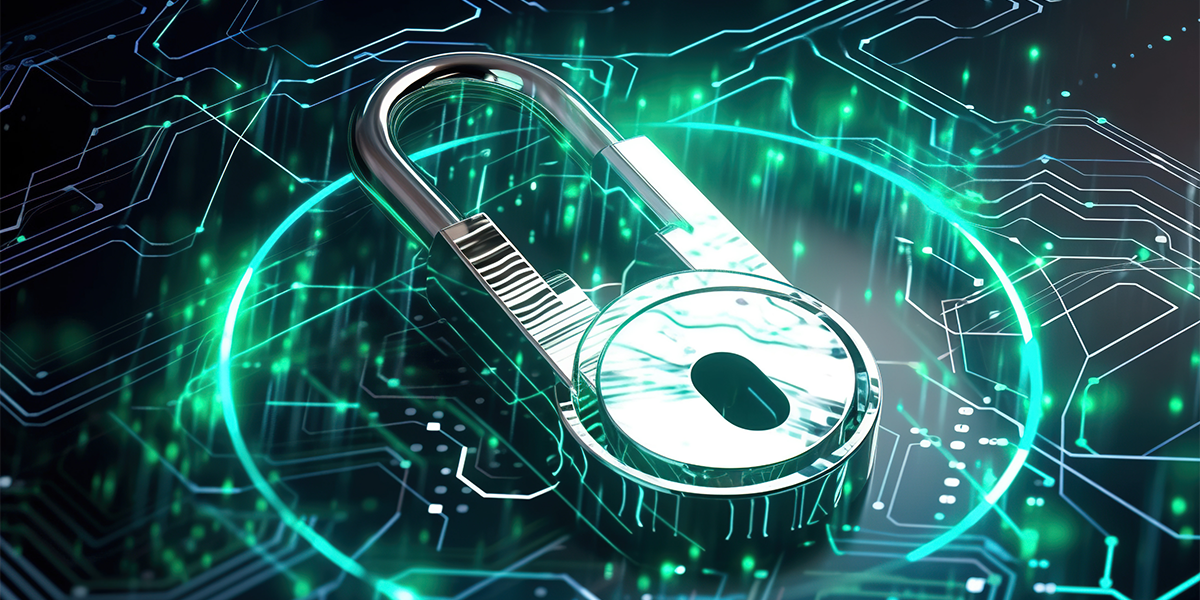Information security has become one of the primary concerns for companies, increasing the need for a stronger cybersecurity posture. This is because, with the growing reliance on automated systems, cyber threats have become increasingly frequent and sophisticated.
According to a recent study by Veeam, over 80% of companies were affected by a ransomware attack in 2022. This reveals a concerning scenario, which is why organizations need to be prepared to face threats while protecting their sensitive data and information.
These threats can include not only cyberattacks but also hardware or software failures, as well as natural disasters. These risks have the potential to have severe impacts that affect the future of the organization. If data is considered the lifeblood of a company, investing in its security becomes more than essential for business success.
In this context, it is important for companies to be aware of their level of technological maturity and information security. This helps identify possible vulnerabilities and implement preventive and corrective measures.
To explore this topic and present best practices and solutions aimed at strengthening companies’ defense posture in the digital environment, we brought together a team of cybersecurity experts from Veeam and Binario Cloud in a live webinar. If you missed it live, check out the content and summary now. See below!
Where to start when it comes to ensuring innovation and maintaining data protection? A robust cybersecurity strategy is essential to safeguard a company’s information. But how to build it? It is crucial to initially analyze some key points:
Know the risks: To build an effective cybersecurity strategy, it is important to understand the risks faced by the company. Identify the most valuable and sensitive information, the most vulnerable systems and equipment, and the main cyber threats that can affect your organization.
Create an asset inventory: It is essential to know all of the company’s assets, from hardware and software to stored data. This inventory allows you to identify critical points that need to be protected and, with this information, establish Recovery Point Objective (RPO), which refers to the maximum amount of data an organization can tolerate losing in the event of a disruption, and Recovery Time Objective (RTO), which defines the maximum period of time the system will take to return to its activity after a disruption.
Establish security policies: Security policies should establish clear rules for the use of devices, systems, and company resources. They should be disseminated and communicated to all employees so that everyone is aware of their responsibilities and obligations regarding information security.
Invest in security technologies: There are various technological solutions that can help protect the company against cyber threats. Antivirus software, firewalls, encryption software, and authentication methods are some examples of technologies that can be implemented.
Conduct security testing: Penetration tests and attack simulations are essential to assess the effectiveness of the cybersecurity strategy. They allow you to identify weaknesses and flaws that need to be corrected before they are exploited by hackers.
By following these tips, your company will be better prepared to face cyber threats and protect its sensitive data and information. But remember, information security is an ongoing task and should be constantly reviewed to ensure its effectiveness.
Solutions that Strengthen Cybersecurity Strategies
An effective cybersecurity strategy is only efficient when it promotes business continuity. For this reason, it is important to invest in solutions that can further strengthen data protection, keeping it secure and persistent.
Among the available solutions, cloud backup stands out as one of the most modern and secure in the market. With end-to-end encryption tools and protection against threats such as ransomware and malware, cloud backup offers a highly secure environment, along with flexible, scalable, and highly available storage.
Another relevant solution is the implementation of a Disaster Recovery Plan (DRP). This plan involves a series of services and resources aimed at minimizing disruptions in case of data loss, allowing for the rapid restoration of the system that supports business operations.
An effective disaster recovery plan should be able to identify the main threats and vulnerabilities of the system, define the procedures to be adopted in case of data loss, and regularly test the effectiveness of these actions. This ensures data protection and the swift recovery of company operations in case of unforeseen events.
Furthermore, it is important to highlight that the cybersecurity strategy should be continuously updated to adapt to new threats and technologies. Therefore, investing in solutions such as cloud backup, DRP, and constant monitoring of the cybersecurity strategy, coupled with an information security policy, is essential to ensure the protection of the company’s assets and the continuity of business in an increasingly connected world vulnerable to cyber threats.

